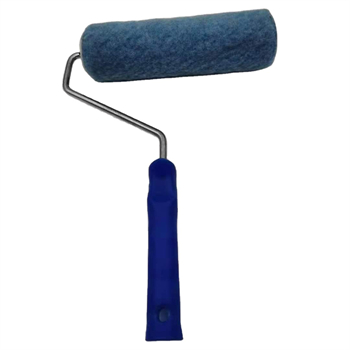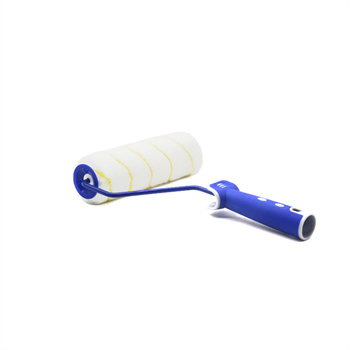1. Cut the steel shaft to the appropriate size, rotate the blank on the machine tool, then weld, reinforce and straighten it, and then make the prototype of the roller core through the lathe; then, according to different requirements, cover the prototype tube of the roller core or the It is placed in a mold for direct injection, thus forming the basic shape of the brush roller body. According to the required size of the drawing, the roller body blank after injection molding or overmolding is fine-tuned on the machine tool, and then the follow-up treatment is carried out according to different process requirements, such as fine grinding of the rubber-coated roller core, and the shaft head needs to be made into different keyways Or interface.
2. Drilling and planting brush rollers-use CNC punching equipment to perforate the manufactured brush rollers. The depth and density of the holes can be set according to different requirements. Put the perforated brush roller on the automatic numerical control tufting machine or semi-automatic horseshoe tufting machine for tufting operation; after the tufting is completed, cut it with a roller shearing machine to cut the bristles on the surface of the brush roller Leveled.
3. Spiral-wound brush roller-also called spring brush roller. First, the automatic belt brush device is used to produce the belt brush, and then the platform moving device is evenly connected to the roller shaft, and then the two ends are welded firmly. The brush roll made by the wrap-around brush roll process solves the problems of high density and firmness, and then it is packaging. First, check the brush roller, return the leaking hole to the workshop for repair, and test the tension of each bundle of bristles. In addition, when selecting the brush roller style, all the selected elements for checking the finger-brush roller will be considered.














